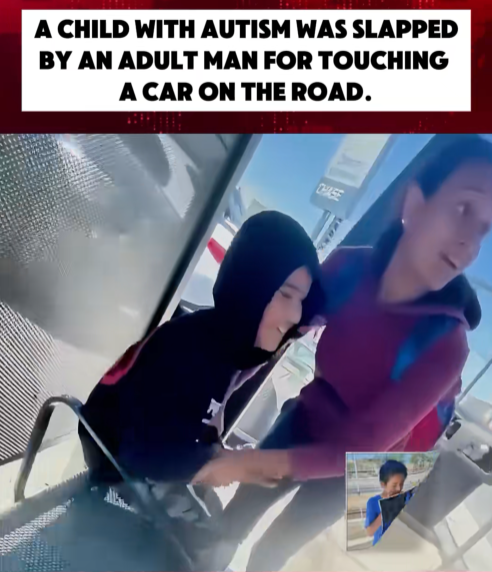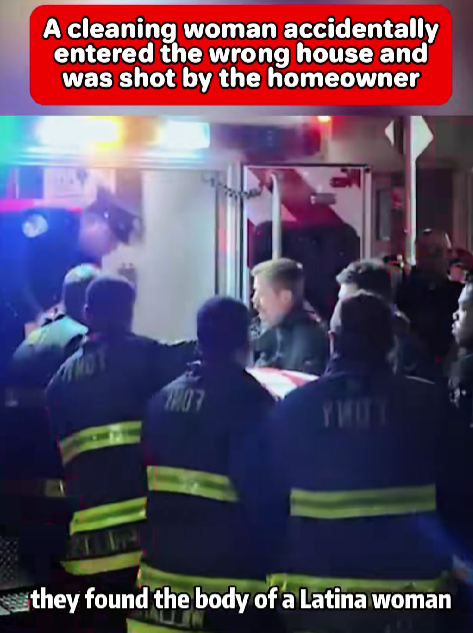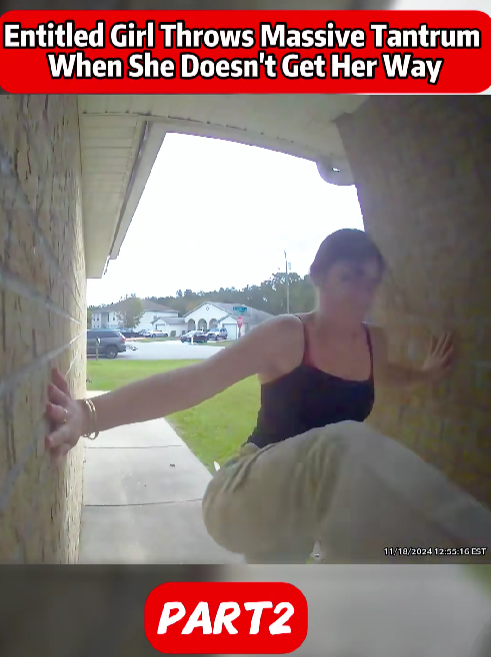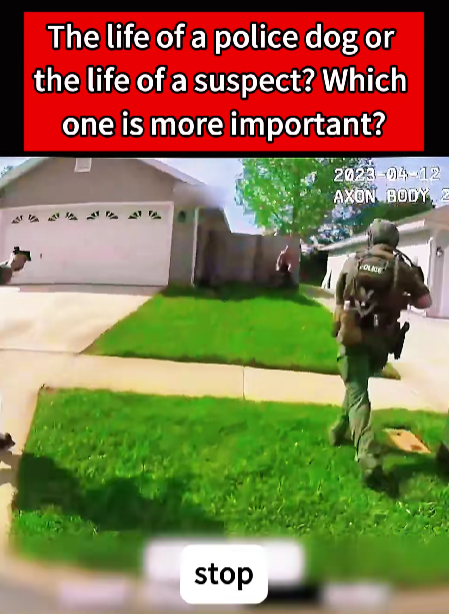A quiet suburban morning turned into a viral storm after a heated confrontation between two men—one Black, one white—was caught on camera. The footage, now circulating widely online, shows a Black man out for a simple walk being aggressively confronted by a white local resident, reportedly a community coach. The exchange has ignited a fierce discussion about race, privilege, and accountability in American neighborhoods.
In the video, the jogger appears calm and confused as he’s approached by the man, who demands to know why he’s in the area. The tension rises quickly as the resident, visibly angry, orders the walker to leave, claiming he “doesn’t belong there.” The walker insists he’s done nothing wrong and was simply out for exercise. What starts as an argument over territory soon becomes a deeper symbol of the racial divide that still haunts many communities.
Viewers across the internet have taken strong sides. Supporters of the jogger call the confrontation a clear case of racial profiling, pointing out that walking in a neighborhood should never invite hostility based on skin color. Others argue that the man’s reaction—though aggressive—stemmed from misplaced neighborhood vigilance, not racial intent. Still, the image of a white man chasing off a Black pedestrian carries a painful historical echo that many find impossible to ignore.
As the video spread, local authorities reportedly opened an investigation to determine whether any laws were broken. Activists have called for consequences, emphasizing that public harassment, even if not physically violent, can have serious emotional and social impact. “When you can’t even take a walk without being accused of not belonging, it says everything about the double standards that exist,” one community leader commented.
The coach’s defenders, however, claim that context is missing. They argue that the area had seen recent break-ins, and that the man was acting out of concern—though critics counter that racial bias often disguises itself as “suspicion.” The debate continues to swirl online, with hashtags demanding both justice for the jogger and fair examination of the full story.
Beyond the specific individuals, this moment has reopened an uncomfortable national conversation about everyday interactions that reveal deeper systemic issues. Why does a simple walk in daylight turn confrontational for some and not for others? The question resonates far beyond this single neighborhood, touching on themes of safety, prejudice, and belonging that shape the daily experiences of millions.
As the investigation unfolds, social media users are demanding accountability and transparency. Whether the man will face punishment remains uncertain—but one thing is clear: the confrontation has forced many to look again at what “neighborhood watch” really means, and at who truly feels welcome in America’s streets today.











Leave a Reply